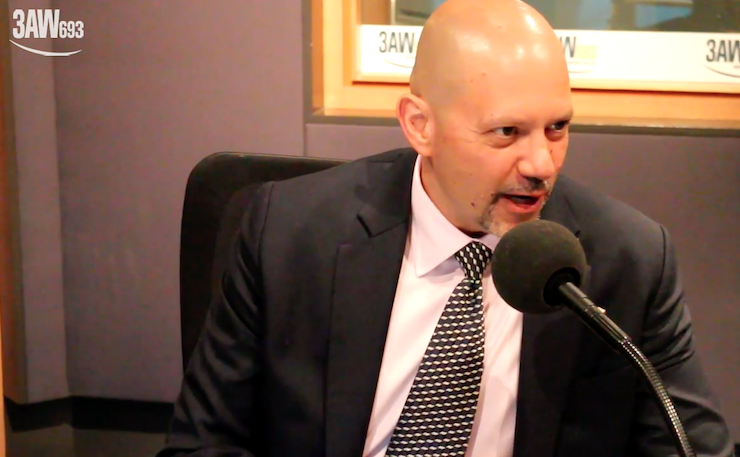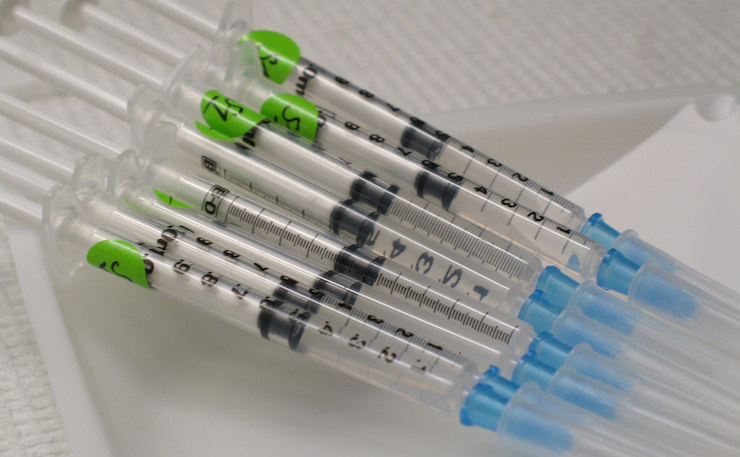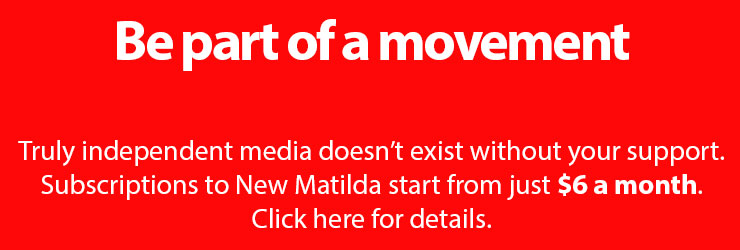Forty-five years after US President Richard Nixon declared hostilities against illicit drugs, some on the frontline are finally trading in their weapons.
After decades of mass incarceration and billions upon billions of public spending, America’s heavy-handed prohibition approach is facing a growing challenge.
Cannabis – a drug Nixon thought was being propagated by communists, Jews, and homosexuals – is now legal for recreational use in four states, and tolerated in some form in 25. At some of the summer music festivals taking place this June, pill testing will enable party goers check what is actually in the drugs they’ve bought before they take them, safeguarding against overdoses and dodgy pills.
But it’s heroin, and other opioids, that are really starting to change the game, and pushing the country towards a less punitive response.
Dan Abrahamson, the senior legal officer at the US-based Drug Policy Alliance, has been touring Australia this month trying to bring some of those here who are also lobbying for a public health approach.
According to Abrahamson, politicians are now significantly behind the public in his home country, were sentiment has moved away from the tough ‘law and order’ responses that helped fill the nation’s prisons.
While liberals will greet this as good news, the cause, says Abrahamson, is rather bleak. According to a thesis outlined in the New York Times last year, politicians started caring once they realised the War on Drugs was killing white people.
The context for that change in heart has been an “epidemic” of drug related overdoses, with over-the-counter medications drawing people towards heroin, which is cheaper and in some cases more readily available than pharmaceuticals like OxyContin. A map produced by the Guardian showing the rate of overdose related deaths helps explain why such strong language is being used.
More people are being killed, but the populations using the fatal drugs are also changing.
“Whites and nonwhites were equally represented in those initiating use [of heroin]prior to the 1980s, but nearly 90 per cent of respondents who began use in the last decade were white,” one paper found.
It’s white, suburban Americans who are caught up in the new epidemic.
According to Abrahamson, the “public face” of the punitive approach to drug reform has morphed as a result. Government representatives and administrators are now staring back at the bodies of people – and of prisoners – who look just like them.
“The people in office do not want to put their own children, their own neighbours, their own family members behind bars as drug users, which they are so willing to do in the case that the drug user is, in their perception, black or brown,” he says.

“Even though that wasn’t the case, that was their perception. But all of a sudden you have people overdosing who look like themselves and they say ‘we must come up with a public health solution, we can not imprison our way out of this problem’.”
Race has always played a role in America’s drug debate, in a subtler way than Nixon’s outright paranoia would let on. In 2010, Congress passed an Act reducing the massive disparity in sentencing for crack and powder cocaine.
“The Fair Sentencing Act represents a decade-long, and truly bipartisan, effort to reduce the racial disparities caused by the draconian crack cocaine sentencing laws and to restore confidence in the criminal justice system — particularly in communities of colour,” according to the American Civil Liberties Union.
Evidently, there’s still a long way to go, and Abrahamson points to tough, mandatory sentencing as among the biggest problems in the US.
Unlike Australia, the country doesn’t have safe injecting centres either, introduced in Sydney in 2001.
And yet despite calls for pill testing from those including Greens’ leader Richard Di Natale, other reforms have stalled in Australia, and Kings Cross remains the country’s only safe injecting clinic.
In the areas where the US has embraced a more liberal approach, Abrahamson says the early signs are good. Aside from problems with edibles, he argues the data coming out of states that have allowed recreational cannabis use is positive, and that incidents of driving under the influence have not increased, while the number of users are steady. No signs yet of the mass “enslavement” envisaged by early government anti-drug propaganda, which warned of the “the burning weed with its roots in hell”.
Despite Donald Trump attempting to put law and order front and centre at the Republican National Convention today, the 2016 election ballot will ask voters in California whether they would like to see their state added to the growing list that allow recreational use. With every chance that will happen, Abrahamson is encouraging Australians to pick and choose policies from states that have liberalised their laws – as well as other nations like Portugal – and help end the War on Drugs on all its global fronts.
Donate To New Matilda
New Matilda is a small, independent media outlet. We survive through reader contributions, and never losing a lawsuit. If you got something from this article, giving something back helps us to continue speaking truth to power. Every little bit counts.





